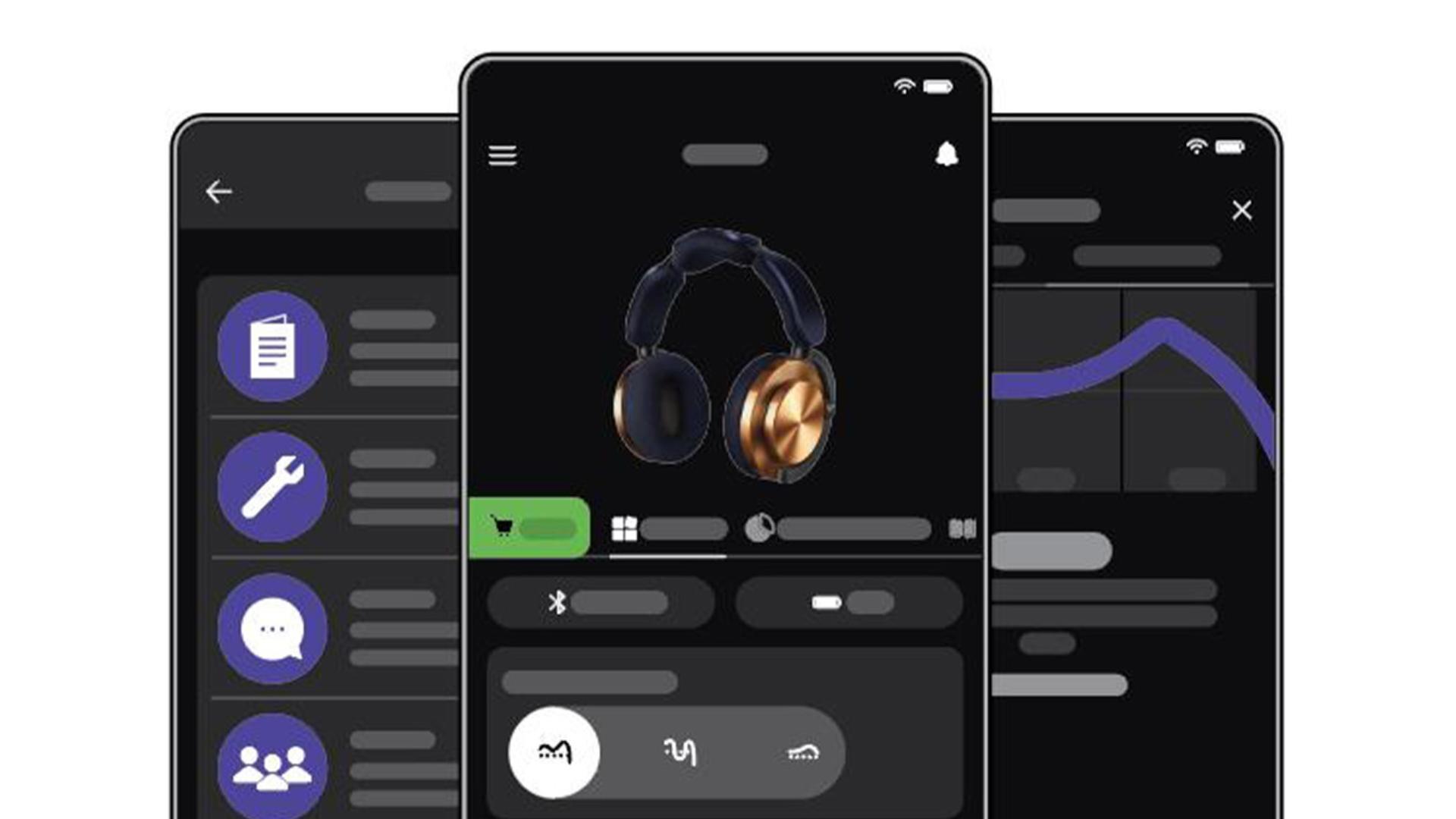Insights | Audio | 27 August 2024
A listener’s guide to good sound quality in headphones
Headphones can offer a world of immersive soundscapes. Whether you're an audiophile seeking the purest rendition of your favourite track or a casual listener looking to elevate your music enjoyment, superior sound is critical.
But what does ‘good’ sound like? Our acoustics and audio engineers uncover the key elements of an optimised sound profile.

Headphone specs and why they’re important
It's essential to prioritise sound quality when choosing headphones. To find the perfect pair, consider audio specs such as frequency response, driver performance, dynamic range, noise cancellation and more. Let’s explore what some of these specs mean.
1. Precision in frequency response
At the centre of good sound quality lies the accurate reproduction of frequencies across the audible spectrum, from deep bass to high treble.
Headphones with a balanced frequency response reproduce sound with clarity and fidelity, ensuring that no part of your music is overemphasised or masked.
Engineered for detailed, realistic sound, the Dyson OnTrac™ headphones offer an enhanced audio range of 6 Hz to 21 kHz. Careful electro-acoustic design and digital optimisation reveals expanded sub-bass and high-end brilliance.
“Through extensive listening trials and psycho-acoustic research, we created a unique EQ setting that optimises the frequency response for a more authentic audio experience,” says Philip Darling, Principle Audio Engineer at Dyson.
2. Dynamic range and detail
High-fidelity headphones are designed to handle a wide dynamic range, from soft whispers to thunderous bass, without distortion. Good dynamic range adds depth and dimension to music and captures every nuance.
“High quality sound reproduction through headphones means that the electro-acoustic system can output both high and low amplitude sounds transparently across the full audible frequency spectrum, giving your music both energy and detail,” says Philip.
3. Noise cancellation
To truly immerse yourself in music, effective noise cancellation is essential. By minimising external distractions, headphones can reveal intricate details that would otherwise be masked.
The Dyson OnTrac™ headphones use eight precisely placed noise-cancelling microphones to monitor sound 384,000 times a second. Feedforward and feedback systems, known together as hybrid ANC, cancel up to 40dB of noise in real time.

“We optimised the active noise cancellation to remove as much noise as possible from environments ranging from a plane’s cabin to construction noise, enabling the user to focus on the music rather than the noise. The result is pure, clean sound, free from noise – allowing you to enjoy music as it was intended.”
Philip Darling
Principle Audio Engineer at Dyson
4. Driver performance
Serving the core function of headphones, drivers convert electrical signals into mechanical movement – driving the air and creating audible sound waves. The Dyson OnTrac™ headphones have a large 40mm, 16-ohm neodymium speaker driver that sits at the heart of the audio system.
“The driver and surrounding electro-acoustic system has been painstakingly engineered, using advanced materials and careful acoustic design to ensure a predictable, smooth, and wide frequency response that's consistent across users,” explains Philip.
5. Powerful, controlled bass
While bass in music is often a personal preference, good sound quality necessitates a bass that is both impactful and well-defined.
“Instead of overpowering the audio, we wanted a controlled bass that enhanced the overall richness and depth of the sound, without muddying the midrange or overshadowing the treble,” explains Philip.
Pairing the Dyson OnTrac with the MyDyson™ app lets you fine tune your sound to suit your listening preferences and content. Choose from Enhanced, Bass boost or Neutral preset EQ settings, balanced by our audio engineers for ideal listening to a range of genres.

6. Comfortable and secure fit
The physical comfort of headphones ensures prolonged listening enjoyment, allowing you to lose yourself in your playlists without distractions.
A snug yet comfy fit is also important for audio response. Large ear cups on the Dyson OnTrac™ headphones create a consistent seal around your ears and work together with the clamp force of the headband and volume of the ear cavity to create enhanced passive attenuation.
7. Durability and materials
Build quality and durability are often overlooked aspects of sound quality in headphones. But premium materials and meticulous engineering ensures longevity and minimises unwanted resonance and vibrations that can compromise audio fidelity.
Detailed research into head and face geometries meant Dyson engineers could measure how the Dyson OnTrac™headphones would sit and perform on different head shapes – informing everything from materials to adjustability.
Above all, good sound quality in headphones should strive for transparency and authenticity in audio reproduction. The goal should be to faithfully convey the artist's intentions – preserving the purity and integrity of the music.
ANZ Press Office
Email: aupressoffice@dyson.com